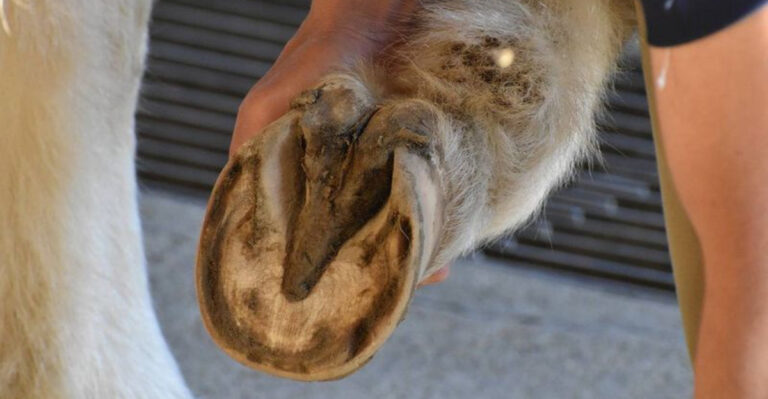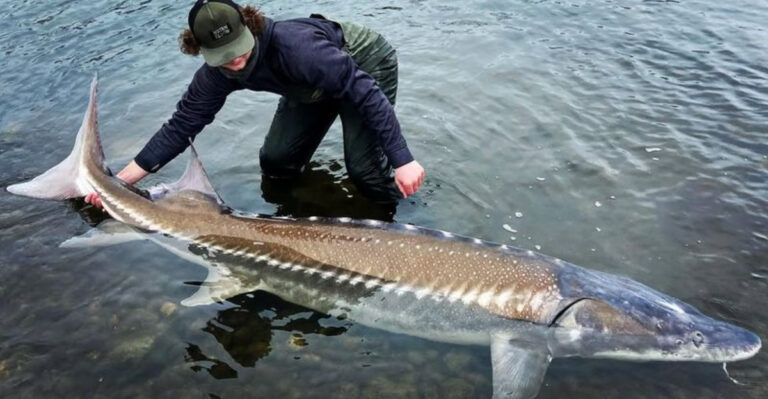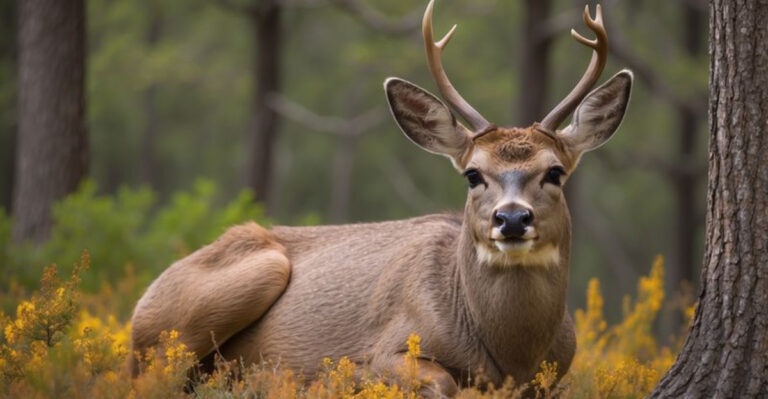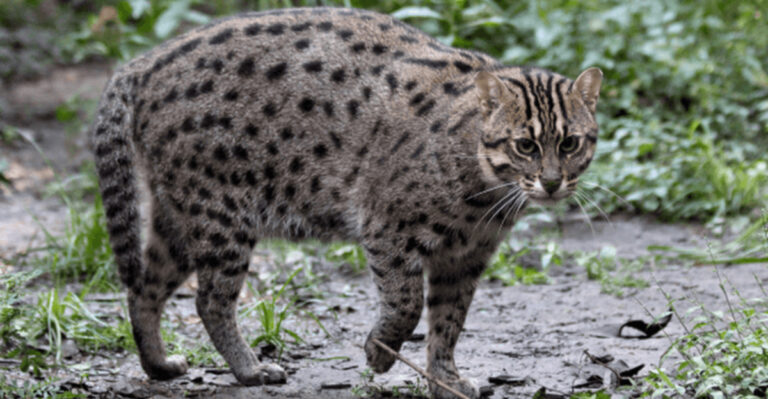Do Beavers Eat Wood? Everything You Need to Know About These Cute Herbivores
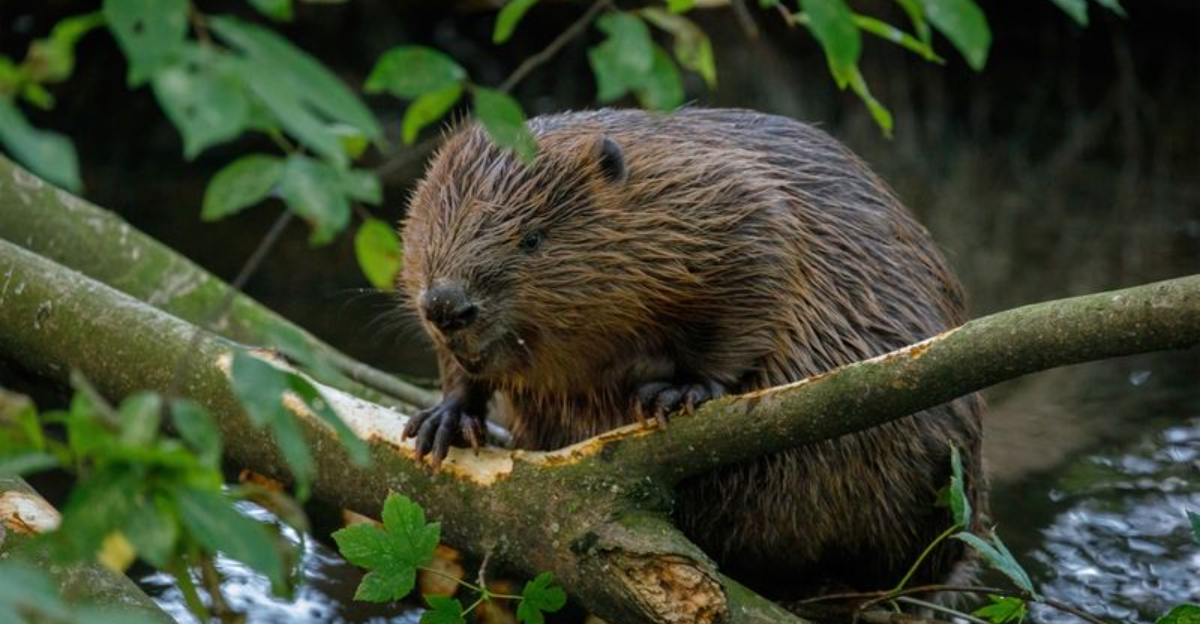
Ever wondered if those buck-toothed dam builders actually munch on the trees they chop down? Beavers are fascinating creatures with some surprising eating habits that might not be what you expect.
Let’s explore the diet and lifestyle of these adorable engineers of the animal kingdom and uncover some tree-mendous facts about what really goes into a beaver’s belly.
1. The Surprising Truth About Wood Consumption
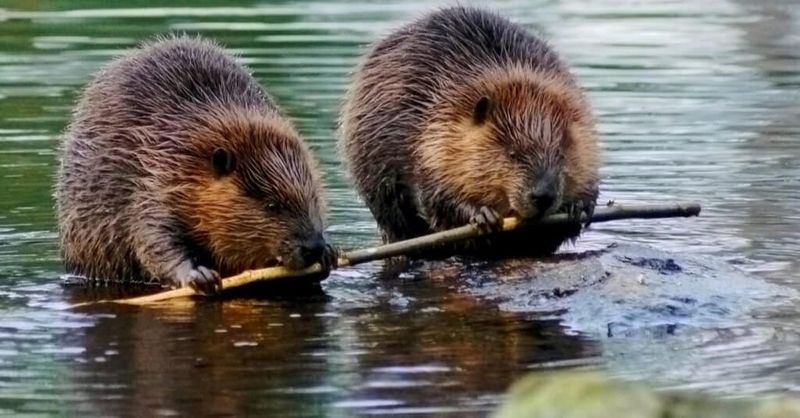
Contrary to popular belief, beavers don’t actually eat wood! They nibble and strip bark from trees, but the woody material itself isn’t their main meal.
What they’re really after is the cambium layer – the soft tissue just beneath the bark that’s packed with nutrients. This layer contains sugars, starches, and other goodies that fuel their busy lifestyle.
2. Bark Buffet Preferences

Beavers are picky eaters when it comes to bark! They strongly prefer aspen, cottonwood, willow, and birch trees – the tastiest options in their woodland neighborhood.
Just like you might have favorite snacks, beavers will travel further distances to chomp on preferred tree species. Some less tasty trees, like oak or pine, might be cut down but left largely uneaten.
3. Veggie Lovers Year-Round
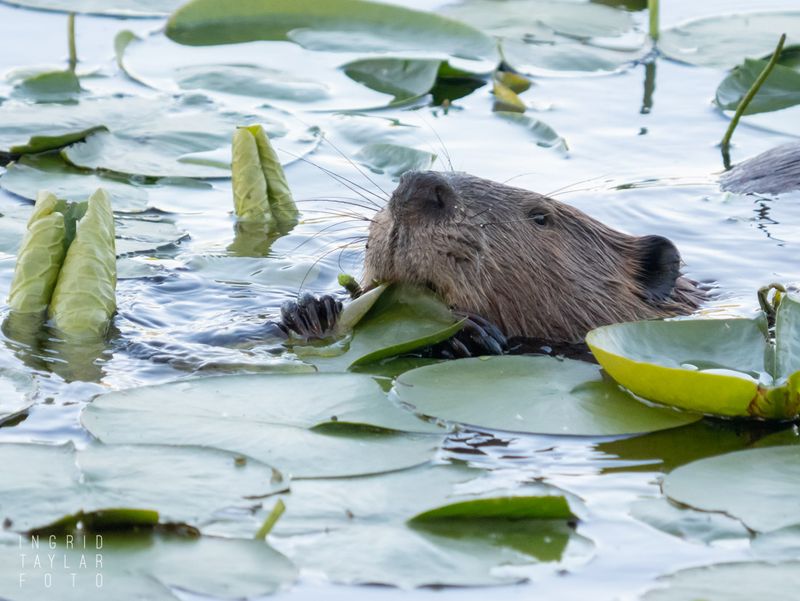
Summer brings a leafy feast for these furry vegetarians! Beavers munch on water plants, grasses, ferns, and even agricultural crops when available.
Their plant-based diet expands dramatically during warm months. Like underwater gardeners, they’ll dive to collect lily pads, cattails, and roots from pond bottoms, creating a diverse salad bar that keeps them healthy and happy.
4. Winter Food Storage Strategy
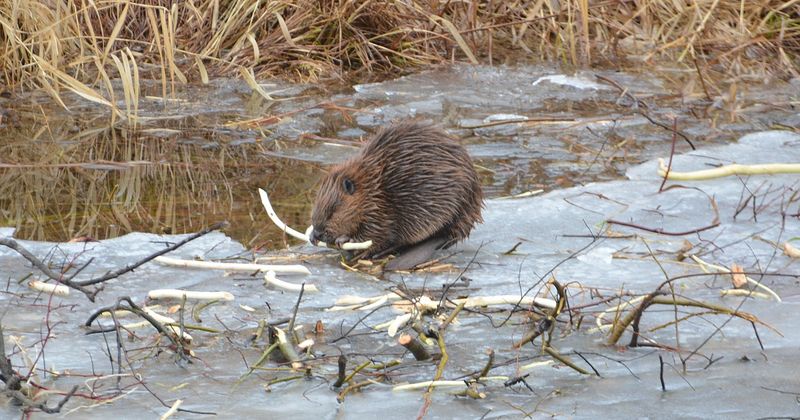
Talk about meal prep champions! Before winter hits, beavers create underwater food caches by anchoring branches in the mud near their lodges.
These clever critters can access this submerged pantry even when ice covers their pond. The cold water preserves the branches, ensuring a steady supply of bark throughout the harsh winter months when other food sources disappear.
5. Supercharged Digestive System
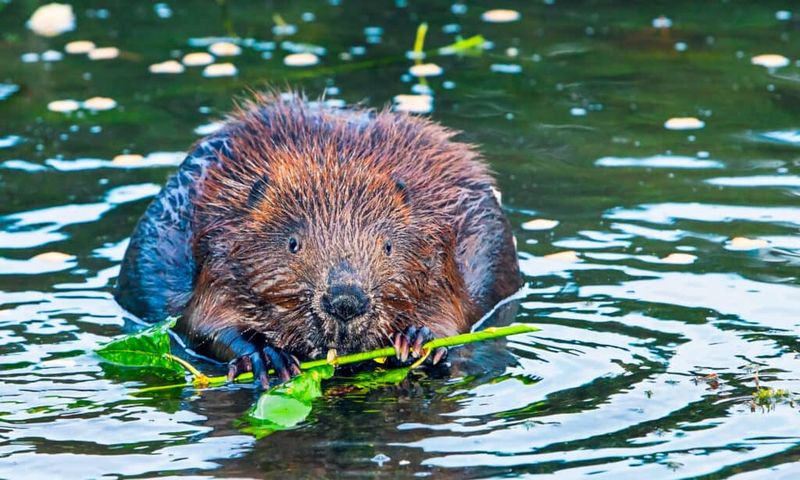
Beavers boast a specialized digestive system that extracts maximum nutrition from tough plant material. Their intestines contain special bacteria that break down cellulose – something our human tummies can’t do!
They also practice coprophagy (eating their own droppings) to process food twice, extracting even more nutrients. Gross to us, but essential for their survival on a high-fiber diet!
6. Powerful Teeth That Never Stop Growing
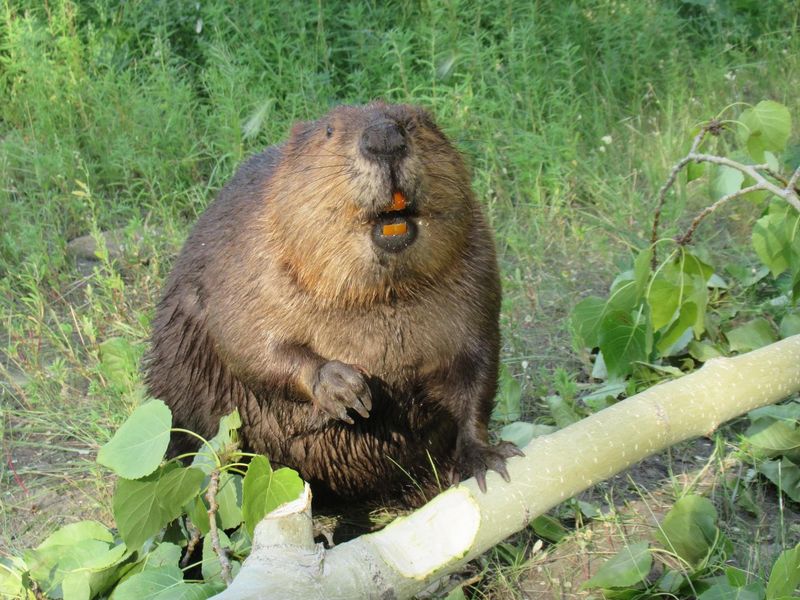
Those iconic orange front teeth aren’t just for show! A beaver’s incisors grow continuously throughout its life, preventing them from wearing down despite constant tree-cutting.
The orange color comes from iron in the enamel, making their teeth super strong and resistant to acid. This natural reinforcement helps them chew through tough wood without regular visits to a beaver dentist!
7. Impressive Daily Food Intake
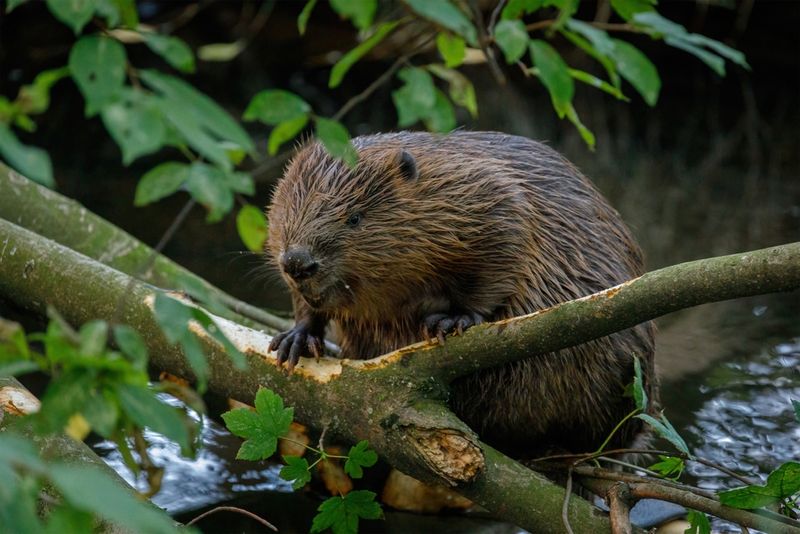
These hungry herbivores can devour up to 20% of their body weight in vegetation daily! For a 45-pound beaver, that’s like a human eating 30 pounds of salad every day.
Their high-energy lifestyle of swimming, building, and maintaining their territory requires serious fuel. During fall, they kick consumption into overdrive, preparing for the leaner winter months ahead.
8. Family Dining Traditions

Mealtime is family time in beaver colonies! Parents, yearlings, and new kits often dine together, with adults sometimes bringing choice morsels back to the lodge for younger family members.
Young beavers learn food preferences by watching their parents. This knowledge transfer ensures the next generation knows exactly which trees taste best and provide the most nutrition in their territory.
9. Tree-Felling Techniques

Beavers are nature’s lumberjacks with impressive skills! They carefully gnaw trees in a cone-shaped pattern, instinctively knowing which direction will make the tree fall safely.
A single beaver can topple a 5-inch diameter tree in just minutes. They’re not just random choppers – they strategically select trees that provide both food and building materials, maximizing each tree’s usefulness.
10. Waste-Not Attitude

Nothing goes to waste in beaver world! After eating the nutritious bark, beavers repurpose the stripped logs for construction projects – building dams and lodges that protect their families.
This dual-purpose approach to trees makes them incredibly efficient. The very same tree that provides dinner one night might become part of their roof the next day, showing nature’s perfect example of sustainable living.
11. Specialized Lips For Underwater Eating
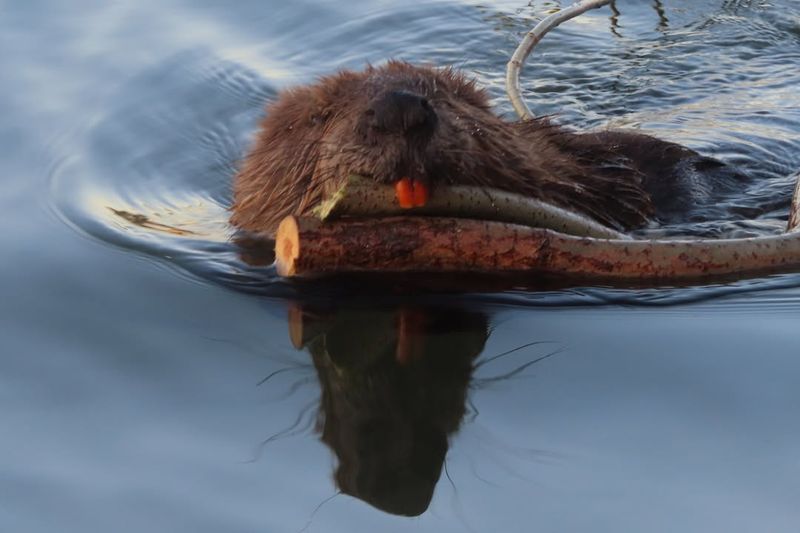
Ever tried eating underwater? Beavers have it figured out with special lips that close behind their front teeth!
This neat adaptation lets them gnaw on submerged branches without swallowing water. Their lips create a watertight seal while leaving their famous incisors exposed – like having built-in diving equipment that lets them munch beneath the surface without coming up for air.
12. Seasonal Diet Shifts
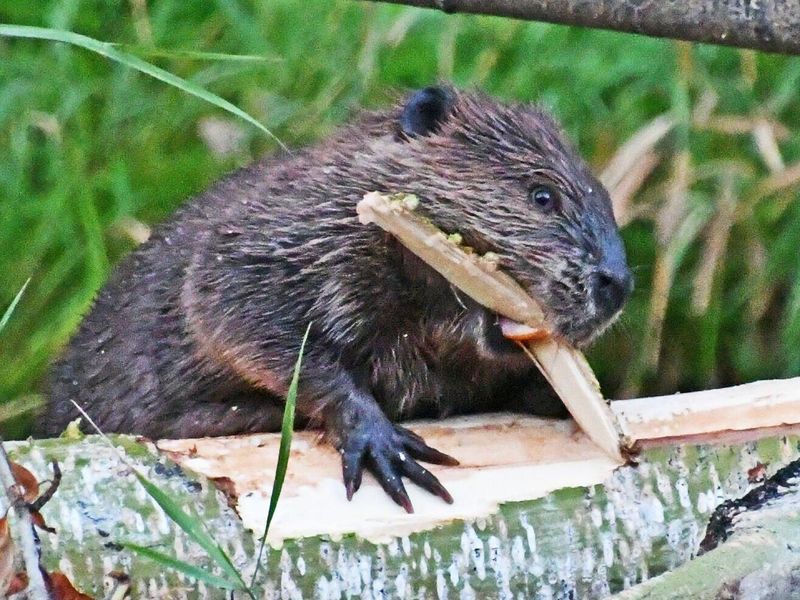
Beavers are seasonal foodies, changing their menu with the calendar! Spring brings tender shoots and buds, summer offers lush aquatic plants, and fall means bark-gathering season.
These adaptable eaters adjust their foraging patterns based on what’s available. During winter, they rely heavily on stored branches, but might venture out during thaws to collect fresh greens – nature’s version of rotating your pantry stock!
13. Environmental Impact Of Beaver Dining
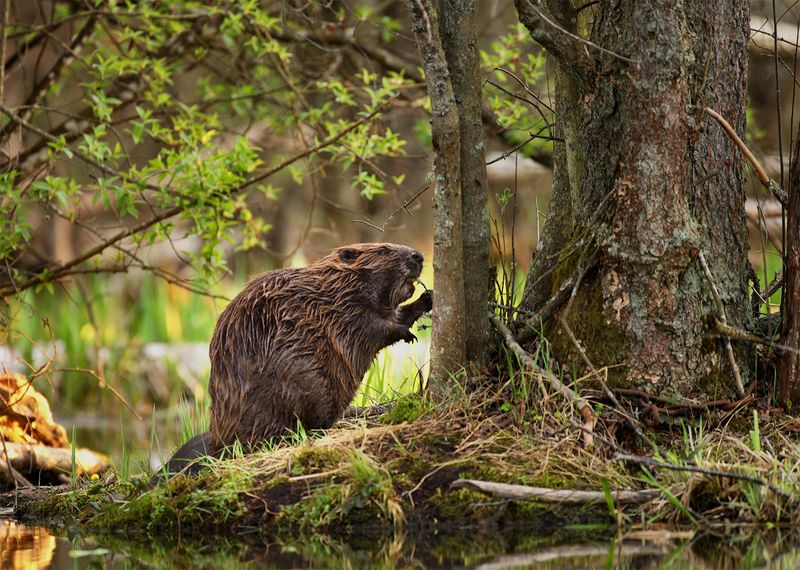
When beavers chow down, they reshape entire ecosystems! Their selective tree-cutting creates meadows and wetlands that attract diverse wildlife.
By removing certain trees, they allow sunlight to reach the forest floor, promoting new plant growth. Their leftovers – partially eaten branches and twigs – provide food and building materials for other creatures, making them nature’s ultimate recyclers.
14. Surprising Food Competitors

Beavers sometimes find themselves in dinner disputes with unexpected rivals! Moose, deer, and rabbits also love the tender bark and twigs that beavers favor.
In areas with high beaver populations, these competitive dynamics can reshape forest composition. Trees with less palatable bark often gain an advantage, creating fascinating shifts in woodland ecosystems as different species vie for the tastiest natural treats.

